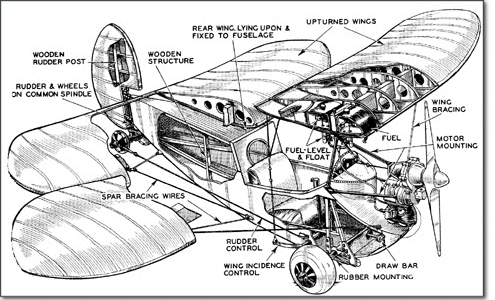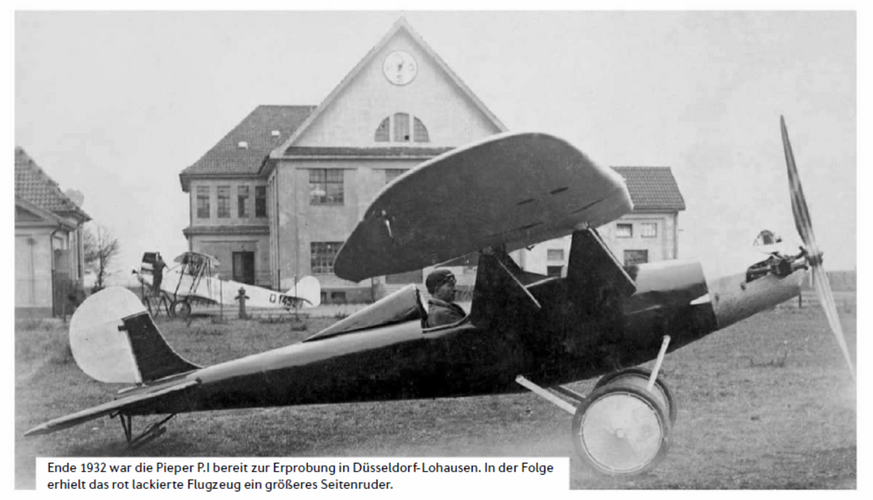luftfahrtarchive
ACCESS: Restricted
- Joined
- 15 October 2019
- Messages
- 20
- Reaction score
- 35
From the Bruno Lange books : Sächsische Flugzeugindustrie GmbH (Dresden) (SFI) Gammelin Ga1 "Kombinations-Flugzeug"
Two seater , the 9,70m wing can be enlarged to 12,95m , and it can get side windows to close the cockpit becoming then sport/school/travel plane .
Vmax 175 km/h . Hirth HM 60 R-1 engine . It was tried at Rechlin in 1934 .
Picture : from Herr Karlheinz Kens :
View attachment 643330
That aircraft is interesting as it was designed by Erich Gammelin. He was a successfull production manager at Dietrich- and Raab-Katzenstein-facility in Cassel and Crefeld during the 20s and he continued to work with Antonius Raab until 1932. When both separated from each other, Gammelin became technical director of S.F.I. in 1934. Initiallx I expected, that the S.F.I. Ga.1 was some kind of further development of the RaKa RK9 Grasmücke, however, Kens picture shows a completely different design.
By the way, Gammelin left S.F.I in Feb. 1935. The company was dissolved in 1937.







